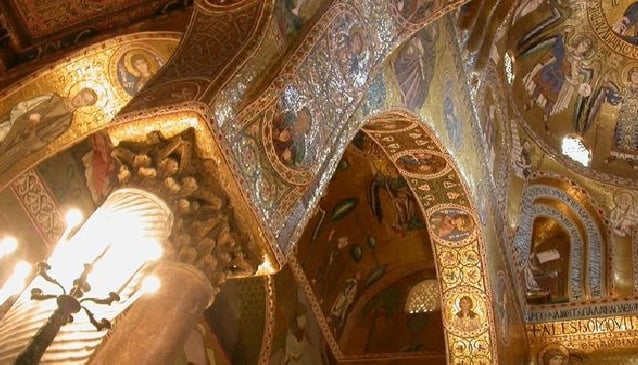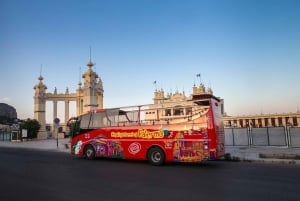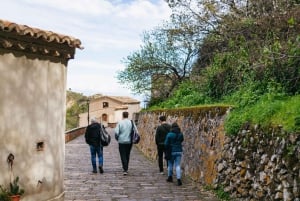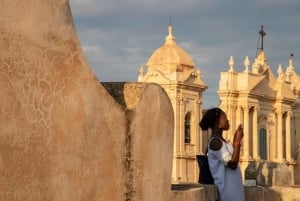The Best Art Works of Sicily
Many are surprised by the wealth and breadth of art work and culture in Sicily
Book Top Experiences and Tours in Sicily:
If youʻre booking your trip to Sicily last minute, we have you covered. Below are some of the top tours and experiences!- Palermo: Hop-on Hop-off Bus Tour 24-hour Ticket
- Catania/Taormina: The Godfather Filming Locations Tour
- Mount Etna: Craters of the 2002 Eruption Trekking Experience
- From Catania: Syracuse, Ortygia, and Noto Tour
- Noto, Modica and Ragusa: The Baroque Tour from Catania
Before coming to Sicily many people think that northern Italian cities like Florence and Venice are the bastions of art in Italy. They are therefore, surprised by the wealth and breadth of art work and culture in Sicily which actually has an equivalently impressive share of mosaics, ceramics, cave art and architecture to enjoy. Here are some of our favourite examples of different kinds of Sicilian art from around the island.
Prehistoric art
Grotta del Genovese, Levanzo
For some remarkable cave paintings dating back to Sicily's prehistoric times you will need to visit Levanzo, one of the Egadi Islands. The paintings in the Grotta del Genovese were only found in 1949 but thought to date back 6-10,000 years. They contain drawings of animals like deer, horses and tuna; and some idols as well.
Roman art
Villa Romana del Casale, Piazza Armerina
The best examples of Roman artistic legacy in Sicily are generally considered to be housed in this 40-room villa in central Sicily that was built in the 4th Century. Here the feature is floor mosaics with hunting scenes and gymnasiums.
It is worth noting there are other splendid examples of Roman architecture around Sicily particularly the Greek theatre at Taormina (built in Greek style but by the Romans), and some gladiator style arenas such as the one at Syracuse.
Norman art
There are a number of great examples of Norman art but the mosaics at Monreale are generally considered the best. Completed in 1182 these mosaics are simply breath taking and if you follow them in order they begin with scenes from Genesis, the Old Testament, the life of Jesus and so on. The central feature is a half-length figure of Christ.
The other place that deserves a mention for its Norman Byzantine mosaics in the capital city is the lovely chapel in Palazzo Reale. This chapel was commissioned by Roger II in 1132 and is filled with elegant mosaics of extraordinary luminance. They are generally considered a must see in Palermo but do go early to avoid the crowds. The mosaics cover the ceiling, the dome and even the arches. The mosaics contain painted scenes from the Bible and of Arab and Norman court life.
The mosaics in the Cathedral at Cefalu are also noteworthy.
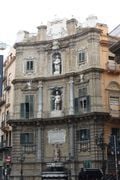
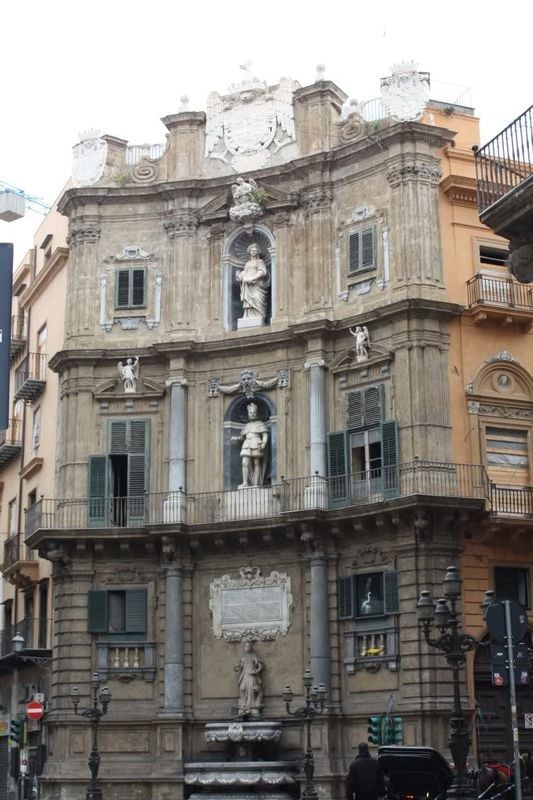


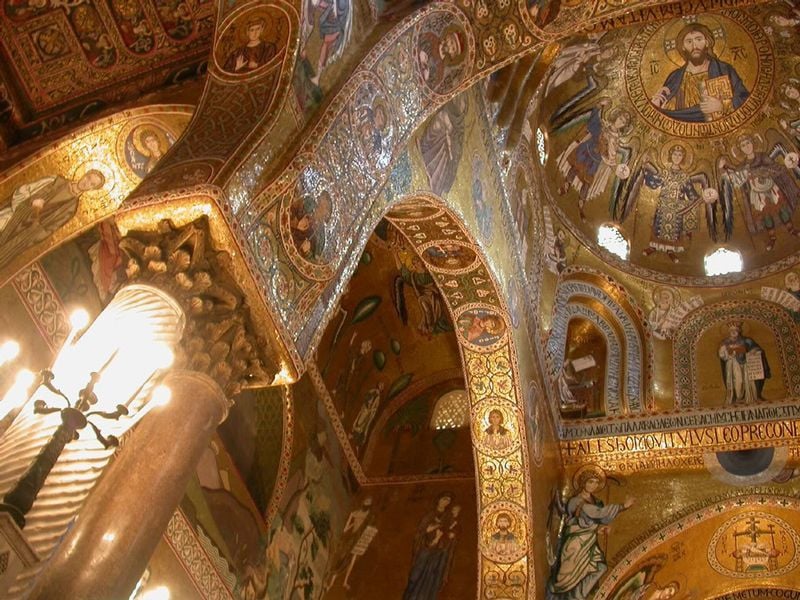
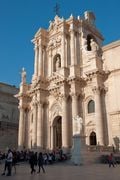

Renaissance
The Renaissance did not make a huge impact in Sicily however; the sculptures of the Gagini family are generally considered the best examples of artistic work from this period. Antonello Gagini was a sculptor from Palermo and his work adorns many churches in the city, however a particularly celebrated work of his is the altar in the Church of Santa Maria dello Spasimo.
Ceramics
Santo Stefano di Camastra
This small town in the province of Messina is known as the ceramic centre of Sicily, perhaps even more so than Caltagirone. The quality of the craftsmen here made it the biggest production centre on the island. The elegant decorations and the variety of produce available make this a fantastic spot to stop – either to purchase some souvenirs or to simply admire the artwork.
Caltagirone
Caltagirone is another renowned centre of ceramic production and features numerous workshops you can visit. The most important ceramic feature is of course the Staircase of Santa Maria del Monte, the 142-ceramic encrusted staircase in town. The stairs also connect the lower and upper city.
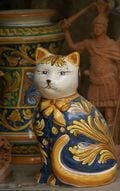
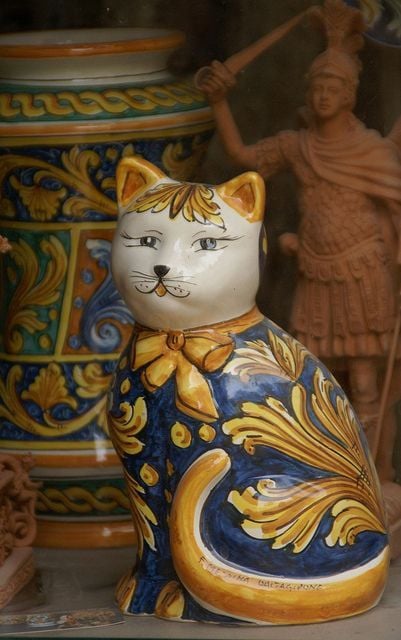
Baroque art
Val di Noto
Thanks to the horrific earthquake of 1693 much of southern Sicily was rebuilt in the elegant Sicilian Baroque style. Towns of notable Baroque worthy reputation include Noto, Ragusa, Catania, Scicli and Modica. Baroque architecture features a lot of curves and flourishes and the cathedrals and townhouses throughout this region are particularly fine examples of the style, perhaps most of all the Church of San Giorgio in Ragusa Ibla.
Quattro Canti, Palermo
In Palermo one of the best places to see a Baroque feature is this crossroads that marks the heart of the old historic district. There are four buildings that comprise the Quattro Canti – the four corners of the intersection. The fountains at the ground level of these are typically Baroque.


